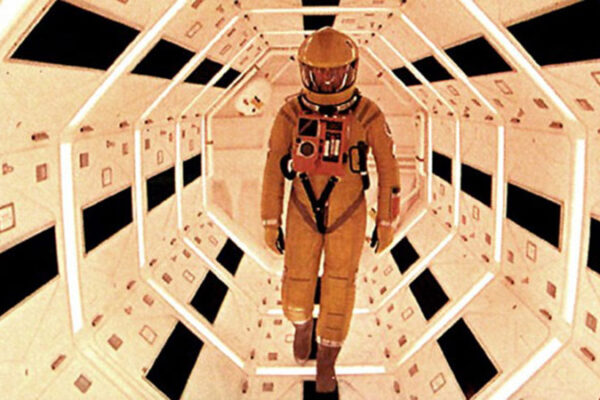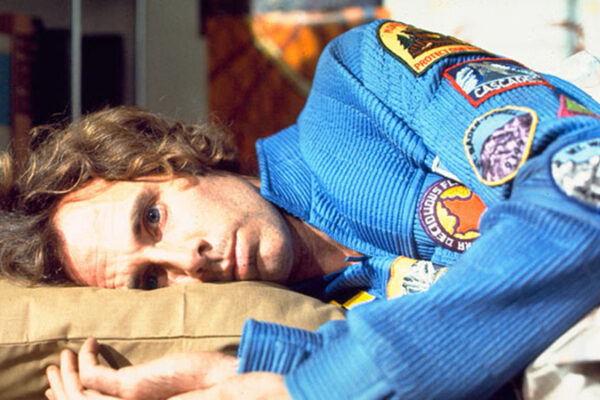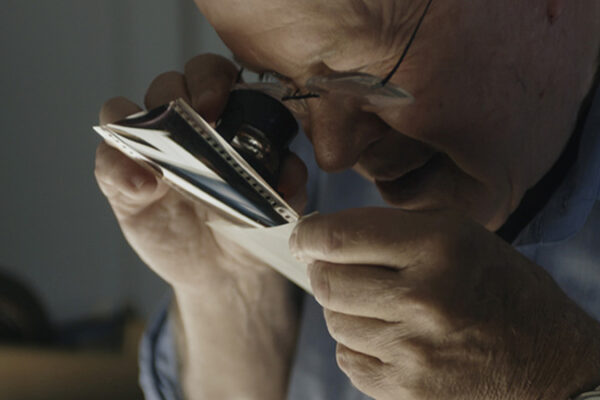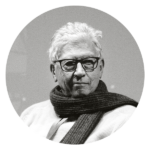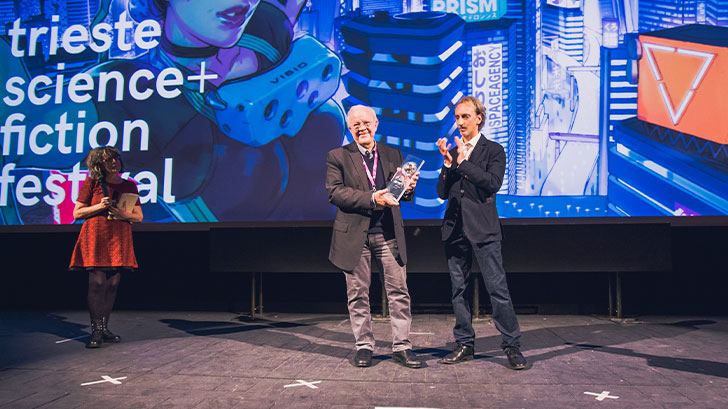
Douglas Trumbull
2018 Silver Urania Award 2018
Born in Los Angeles, Trumbull is best known as a special effects artist, but has a prolific career as a director, screenwriter and producer. Together with his colleague and teacher Con Pederson he had made, for Graphic Films, a documentary on space flight in 70mm which was screened at the New York Exposition and much admired by Stanley Kubrick. When Con Pederson was hired to supervise the special effects of 2001, Trumbull, who didn’t want to be left behind, got Kubrick’s home number and called him to offer his skills. The most important contribution given to the Space Odyssey is the development of the Slit-scan Machine which served to create the “Trip” sequence beyond infinity, but the Pederson-Trumbull duo solved many technical problems of filming. Trumbull later became increasingly aware of the importance of his work, ending up clashing with Kubrick who, years after the film’s release, continued to reproach him for having given interviews in which he claimed much of the technical merit. But Trumbull’s contribution cannot be underestimated and many of the techniques experimented in A Space Odyssey return in his first film as director, Silent Running from 1972 (in Italy >2002: the second odyssey). In this ecological space opera he can allow himself to visualize the planet Saturn which in the Odyssey had remained a taboo of special effects. Trumbull later directed various films, including Brainstorm – Electronic Generation (1983) and Tour of the Universe in 1985, in collaboration with Don Baker, a simulated flight to the moons of Jupiter. He was supervisor of the photographic special effects of the major science fiction films of the Seventies and Eighties: Andromeda (Robert Wise, 1971), Close Encounters of the Third Kind (Steven Spielberg, 1977 ), Star Trek (Robert Wise, 1979), Blade Runner (Ridley Scott, 1982).
From Giuseppe Lippi,2001 A Space Odyssey. Dictionary raisonné, Le Mani, 2008


